Exact BENEFITS of Tannin in the Aquarium: You Must Aware of It
Check Our Quick Stories
Many new aquarists think that tannic may harm their aquarium fishes and plants. For this reason, they panic and try to fix this. Actually, tannin is not harmful to aquariums at all.
Mainly tannin comes in the aquarium from driftwoods. Due to this tannin, the pH of the water level remains low which is good for tropical fish like Betta, tetra, silver dollar, etc. Tannin helps to reduce fungal and bacterial infections also. But tannin makes the color of water brown which is a disadvantage of having tannin in the aquarium
The only two-line answer is not enough for you to know all the benefits of having tannin in your aquarium. This is a broad topic and this covers lots of things. So let’s jump into this topic to know the real benefits of having tannin in an aquarium.
But before discussing the benefits of tannin you should know what tannin is.
What is tannin in aquariums?
Tannins are commonly found in the trees’ bodies. Mainly on the bark, branches, leaves, buds, fruits, roots, we can find tannin. This appears to protect trees from fungal or bacterial infection. Now when you put raw driftwood inside of an aquarium then tannin leaches from the body of the driftwood. If you boil driftwood before putting it inside of the aquarium then that driftwood will not leach tannin.
What I’ve discussed here is general knowledge about tannin. But if you want to dig deep then you can find a tannic acid is a specific form of tannin. Tannic acid is a type of polyphenol that has weak acidity according to the source.
Benefits of having tannin in the aquarium
There are some different types of benefits which you can get by having tannin. If you have tannin in your fish tank then you will get a total of 5 numbers of benefits. Let’s know about these
Tannin helps to reduce pH level
If you want to reduce the pH level of water then you must rely on tannin. Tannin is another form of tannic acid. Less pH level means the water is acidic.
Some tropical fishes such as Betta, harlequin rasbora, guppy, tetra, etc. like acidic water. Except for Betta, other fishes are hardy fish and lots of aquarists start their first aquarium with these fishes. If any fish species can live in a wide range of water parameters then those fish species are called hardy fish. Despite being hardy fish, if you provide these species acidic water then these will thrive.
Lots of aquarists face problems because of hard water. As the municipality provides hard water so they can make a good tank just because of the water quality. Most of the fishes do not like hard water to live in. To fix this issue you can add tannin to your fish tank. This will make the water softer.
The pH level of South American water sources varies from 5.0-7.0 you should also try to maintain that level by adding driftwood into the fish tank.
Read here:- How to keep driftwood from rotting? With cost analysis of materials
Tannin helps to maintain other water quality
Tannin helps to improve water quality. Good freshwater helps fishes to thrive. If you have tannin in an aquarium then it will improve the metabolism of fishes. If fishes have good metabolism rates then the whole aquarium will be active and fresh.
Tannin helps to improve the immune system of fishes. If water quality is good enough then the chances of falling into illness will be much lesser. Tannin is all responsible for that.
This helps to reduce nutritional deficiencies also. Fishes may not get the nutritional balance from foods. If your aquarium has tannin then it will help fishes to balance their nutrition much better than the previous time.
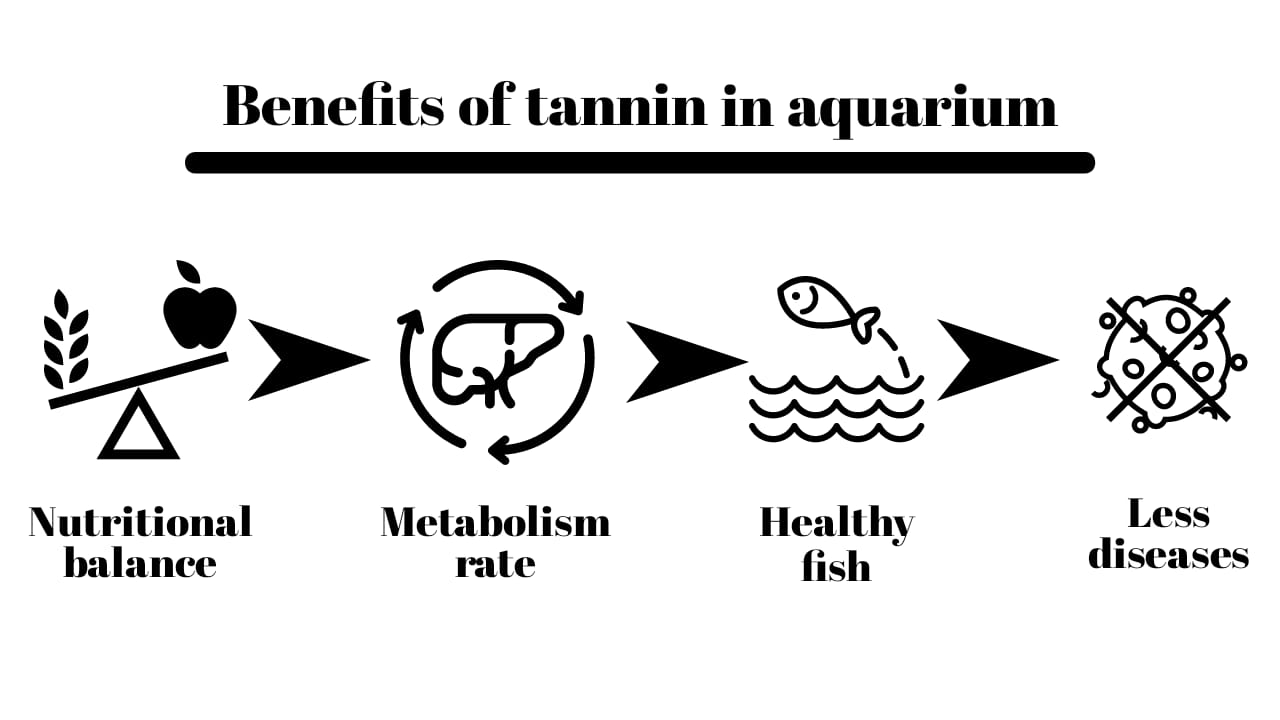
These all are interconnected with each other. If the nutritional balance is maintained for fishes in aquariums then it will increase the metabolism rate. Improvement of metabolism rate means fishes will stay healthy and active. Healthy and active fish is the symbol of less disease in aquariums. So overall the whole aquarium will become healthy if you have tannin in it.
Tannin helps to reduce the quantity of dissolved metal
Water may contain different types of metals. You should know that a small percentage of metal can destroy all of your fish tanks. Metals are poisonous to fish. But poisoning depends on metal to metal. There are some metals that are highly poisonous to fishes. These metals are mercury, lead, chromium, iron, sodium, and so on.
Fish’s gills get damaged due to these metal concentrations in water. Not only that, but fishes get lots of stress. You may see fishes are not eating anything. This may happen due to the high concentration of metals in the water.
Tannin helps to reduce the metal level by reacting with it and making hydroxyl bonds. This is a little bit technical for aquarists but you should know metal concentration should be less than 5g/cm3.
Read here:- Effects of metal objects in a fish tank
Tannin helps to maintain biodiversity
A fish tank should be full of biodiversity. Biodiversity inside the tank helps fishes to feel like it’s the origin. This biodiversity will not come into one day. It takes time to form. When your tank has different types of pods then you should know that your tank is full of biodiversity. This pod helps to run the nitrogen cycle effectively.
Now tannin works as a catalyst to increase the number of pods. Blackwater contains lots of decomposable and detritus material. This material brings pods quickly and helps to run the nitrogen cycle quickly.
The more you stock driftwood and other organic material the more tannin will come out. Almond leaves work well in this case. If you have pleco fish or other catfish then these fishes will rasp against driftwood and tannin will come out quickly.
Tannin helps to reduce fungal and bacterial diseases
Lots of aquarists face various types of fungal infections inside of the aquarium. Bacterial diseases are more hazardous than fungal diseases. A well-established fish tank may be destroyed in a week if it is affected by any harmful bacteria.
Tannin may help to reduce the chances of being affected by bacterial infections. As tannin is a powerful antibody so it can fight against these harmful bacteria and fungi.
Tannin takes the help of the oxidation process to reduce the effects of bacteria. So the fishes of the aquarium will stay healthy for a long time if your aquarium has tannin.
Despite being acid tannin is not toxic to fishes and aquatic plants. A research paper has shown that there is no significant quantity of toxicity among condensed tannin and hydrolyzable tannin. That is why tannin is effective to reduce harmful hitchhikers too.
Read here:- How long does it take to establish a new fish tank?
Bad effects of tannin in the aquarium
There are no such bad effects of tannin in the aquarium. But the color of the water of the aquarium will be dark brown instead of crystal clear water. This is called blackwater. Due to low pH level, cichlids can’t stay in blackwater because cichlids prefer hard water to thrive.
Conclusion
So from this long discussion, we may understand that tannin is not a bad thing for an aquarium. Ultimately this has lots of benefits. If your tank has tannin then fishes in the tank will stay healthy and active.
But this depends on species to species. If you want to make a general community fish tank then you should avoid it. This is good for those fish that come from tropical regions. For cichlids, blackwater is not suitable. So before making a blackwater tank you should think about fish.
So best of luck & happy fishkeeping

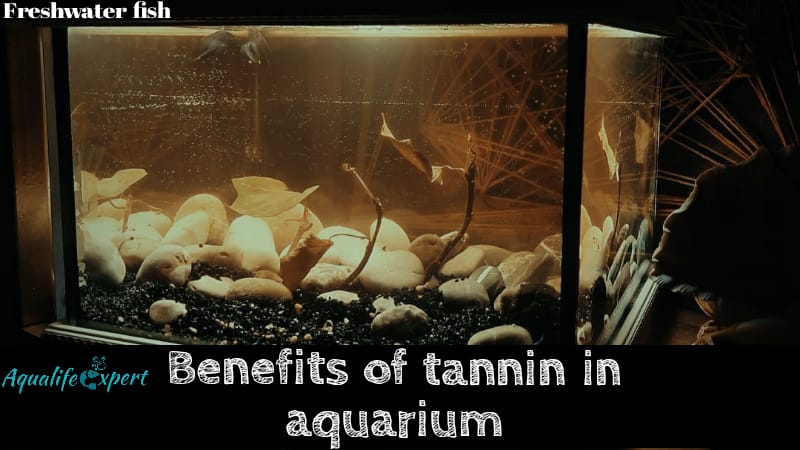

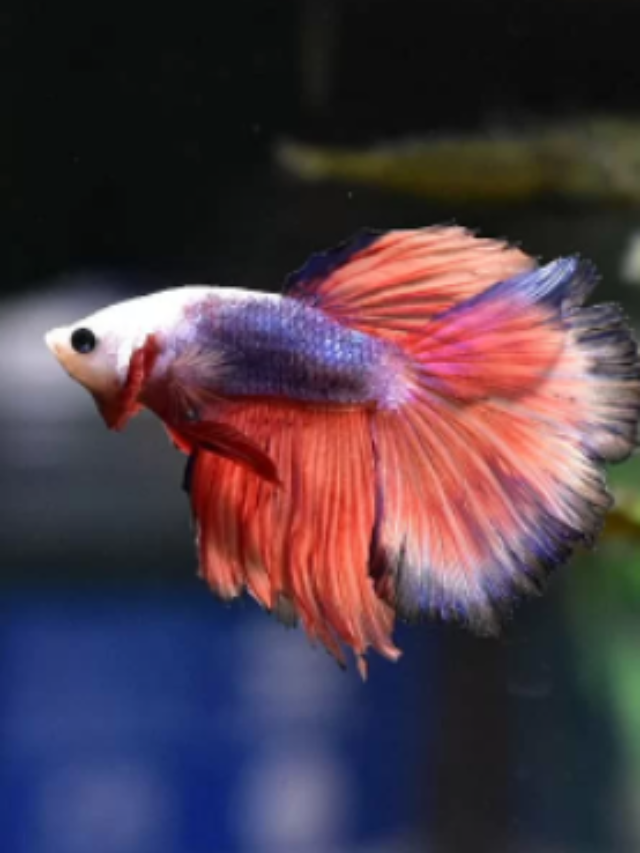

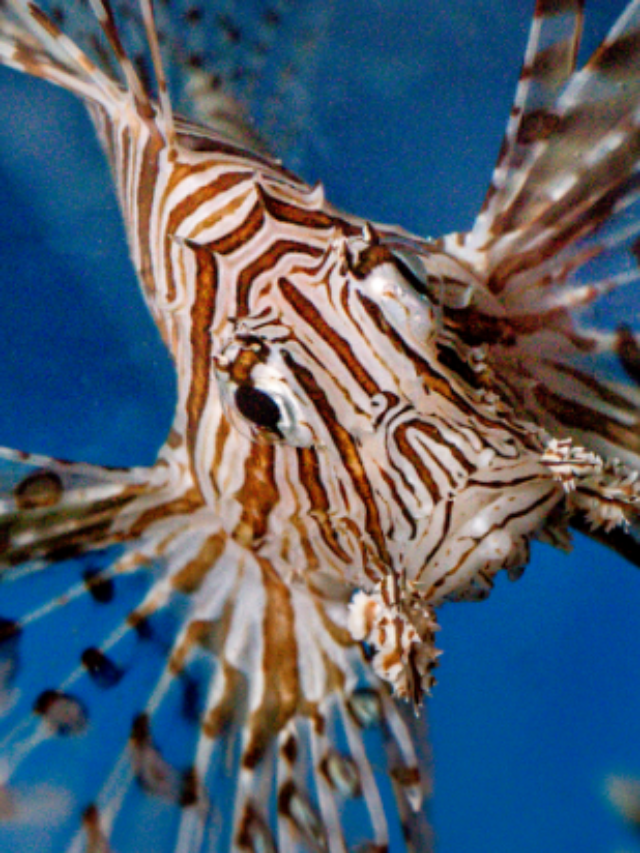



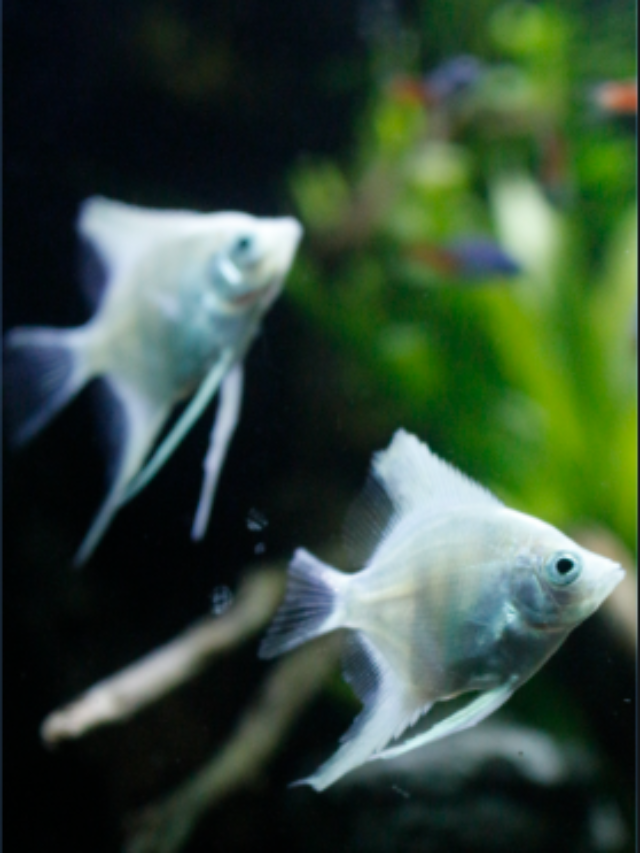


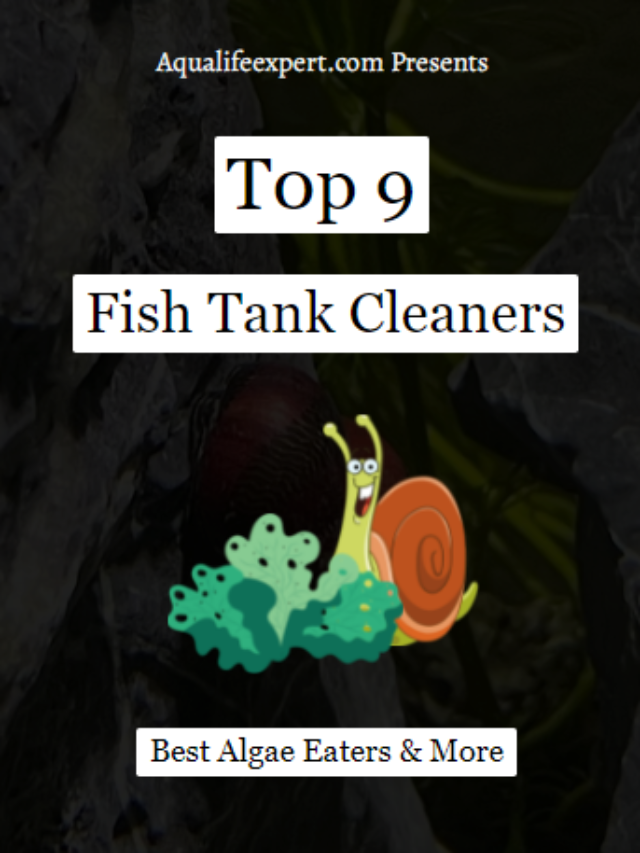




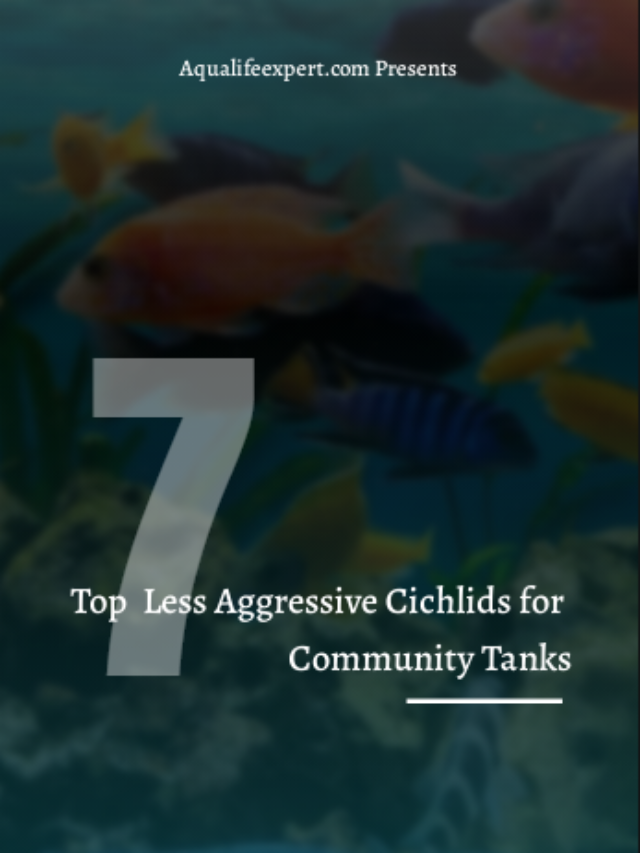



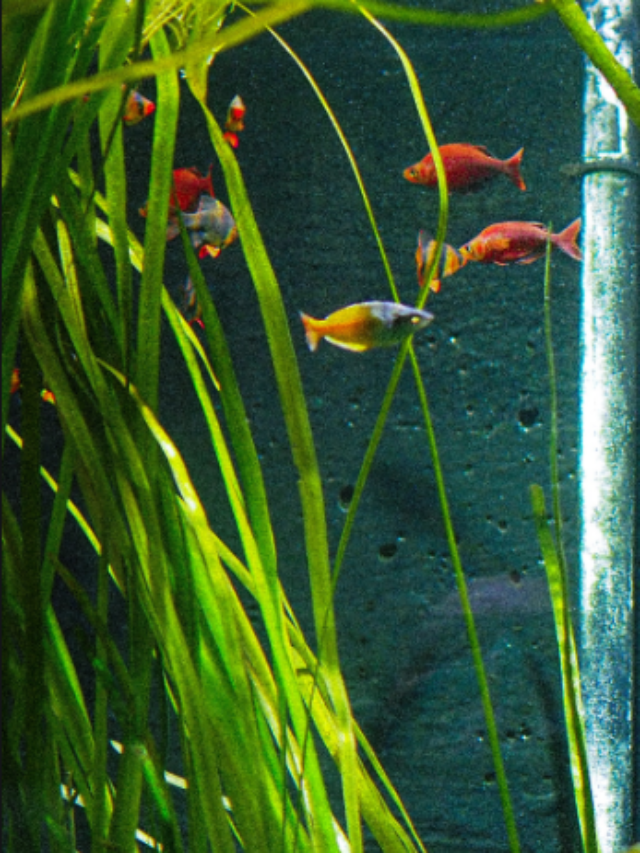
vendor of plant extract
manufacturer of green extract
factory of tanning extract
i correspond with you
I eat to communicate Yes